Alls Weld That Ends Weld
Posted by Michael McGinnis on 14th Oct 2024
Welding Over Coatings
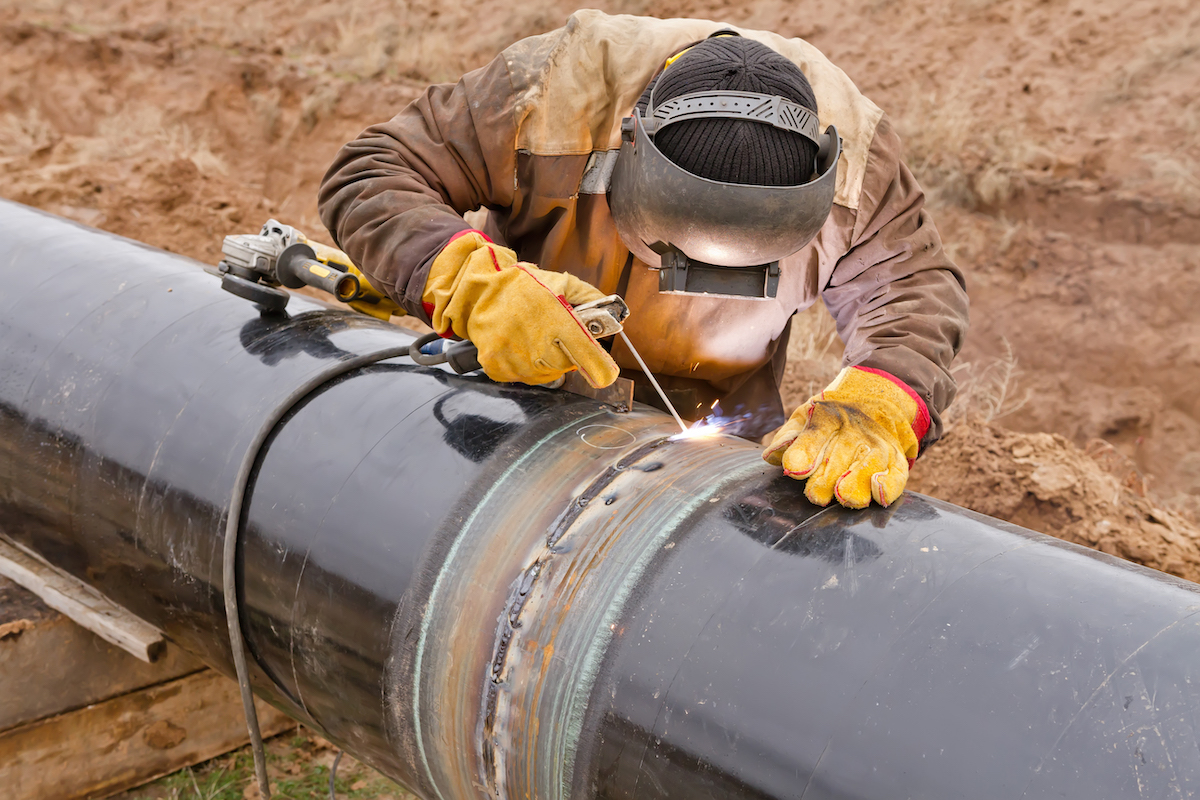
Two pieces of metal joined through the welding process is ubiquitous in today’s life, but with pros come cons. Welding is a critical process that can result in disaster if not done properly. Any foreign material introduced during the welding process has the potential to weaken that bond. If you’ve got bare metal waiting to be welded for any amount of time, rust and corrosion will also be an issue. It’s best to coat these bare surfaces with some type of protectant while waiting for the next step in the assembly process, although many times, that protectant will need to be removed.
Being extremely easy to work with, Rust Patrol is an excellent choice for this application. It works on any type of metal (not just carbon steel, but copper, stainless, brass, alloys…even lithium and magnesium). It’s easy to apply by dipping, spraying, or brushing, and it cures in 5 minutes. Not only that but depending on the specific product choice and storage environment, can last up to two years. You can even achieve these results in a non-climate-controlled warehouse or under a tarp in a yard. One other benefit of Rust Patrol is that you do not need to remove it before welding.
It’s also important to note that Rust Patrol is extremely thin, with an application coating thickness of anywhere from 0.5 mil with Multi-Purpose, to 0.75 mil with Heavy Duty. Because it’s so thin, there is no mechanical obstruction.
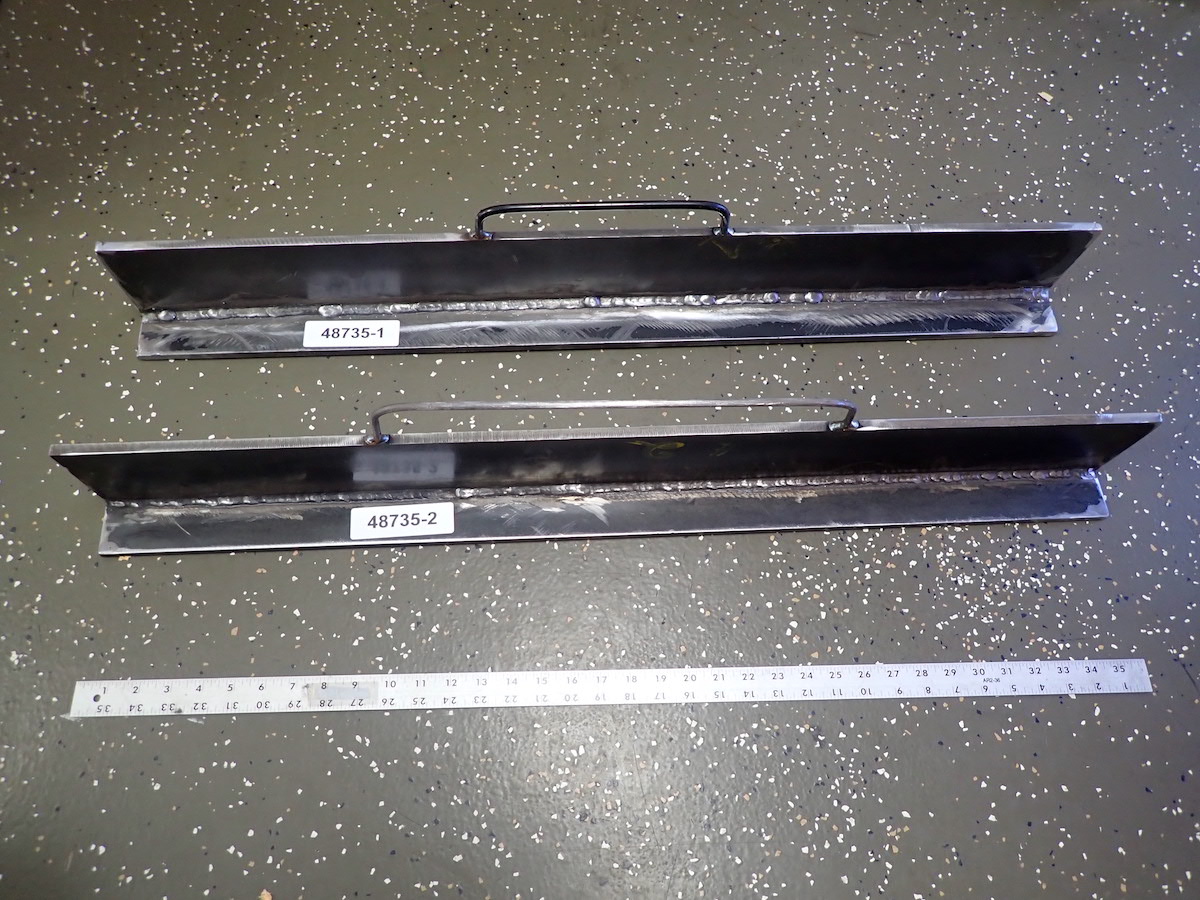
AWS D3.9/D3.9M:2019 Specification
The American Welding Society (AWS) has put together the AWS D3.9M specification1 for testing the ability to weld over a coating to determine the effect on weld integrity. It is encompassed by a visual inspection and filet break test. In a third-party lab, testing two (2) individual samples, Rust Patrol passed with flying colors, meeting “all applicable criteria per the AWS D3.9, Section 5.3” specification.

So, yes! You can protect your materials with no need to remove Rust Patrol before welding.
What the Heck’s a Dendrite?
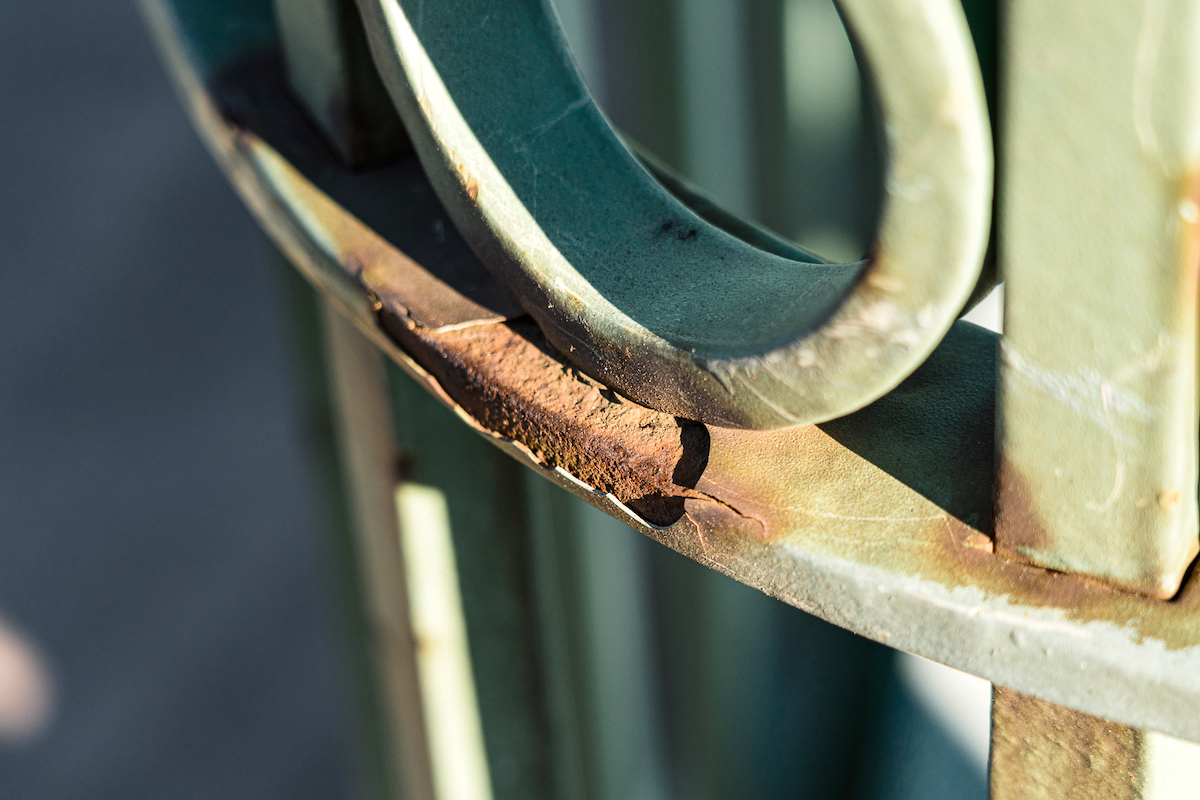
You may have noticed that the first area to corrode on your wrought iron fence are the weld points. Here’s the catch. As you might imagine, extreme heat is used to weld metal surfaces together. The process is a grueling reorientation of the metal at the molecular level. As the welded surface cools, dendrites2 will form.
Christopher Gintz, our Head of Chemical and Application Engineering, explains it like this:
“Dendrites are tree-like structures of crystals that form as the molten metal solidifies. The shape is a function of the dendrite crystalline growth along energetic line directions. The growth has large consequences for the metal's electrical, chemical, and material properties….
(Chris continues) “Dendrites are the most common form of metal grain solidification with low entropies of transformation. In alloy metal, dendrites grow generating micro segregation as other internal defects in castings, ingots and weldments.”
Now, this is not meant to be a treatise on the complex world of dendrites and welding. The point is, their formation causes hairline cracks and pitting, weakening the metal, allowing humidity, moisture (and anything else floating in the atmosphere), to form corrosion, accelerating the failure of the metal.
You call it rust.
How Can We Help?
Since Rust Patrol is an active product, working at the molecular level, it will move into those hairline cracks and pits, bonding with the metal, creating an extremely long-lasting barrier.
You may have noticed that rust will form on pipe, coupling, or bolt threads before forming on the smoother, unadulterated surface. It’s the same idea, the process of carving those threads weakens that point of the metal, not to mention allowing more moisture to collect in those areas.
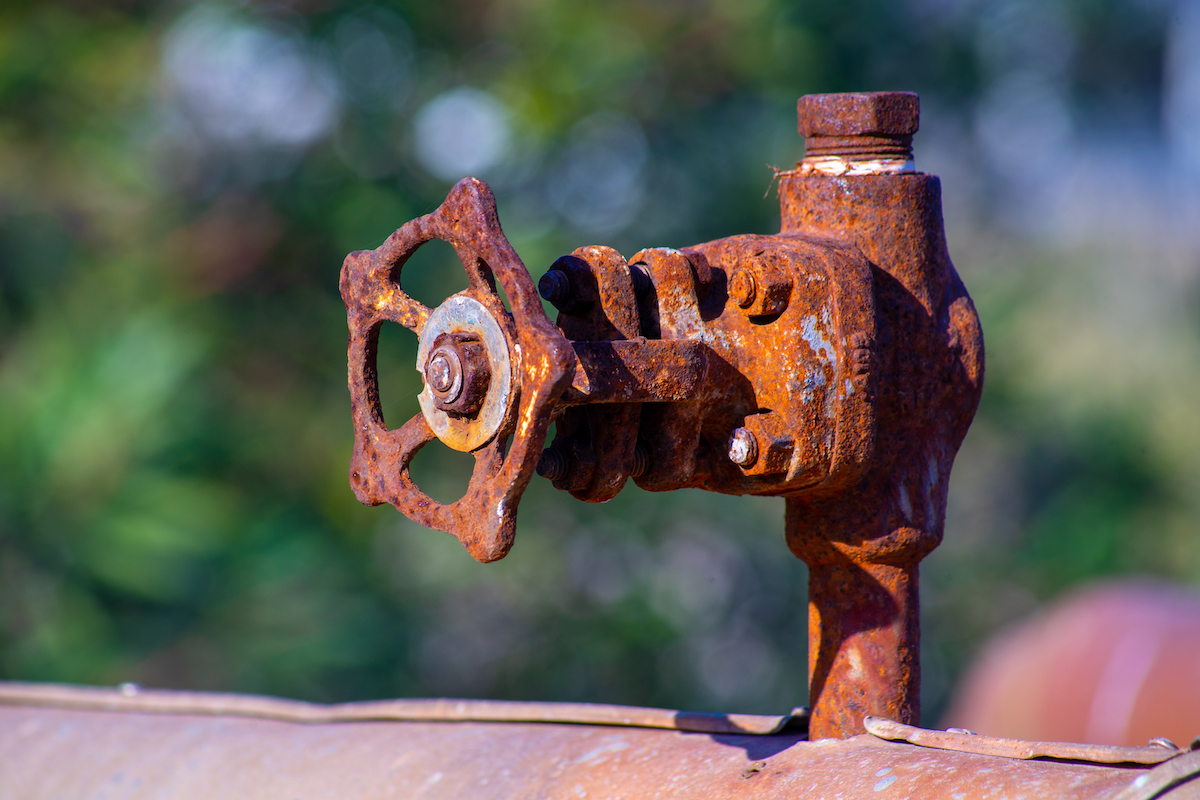
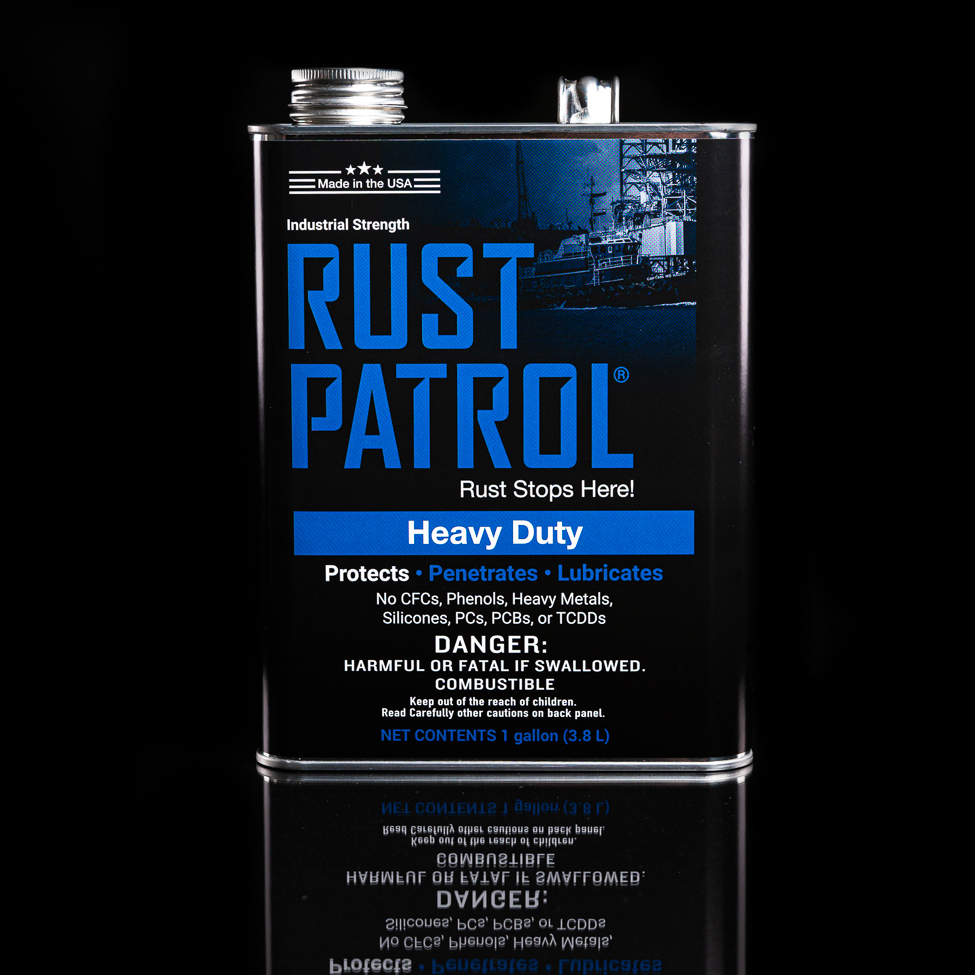 In both instances of weld points and threads, applying Rust Patrol to those surfaces will exponentially lengthen the life of the metal. And since it’s also an excellent lubricant, a threaded valve stem (really, any valve assembly) would be an excellent application, allowing it to move freely, with no grittiness or grinding. Win-win!
In both instances of weld points and threads, applying Rust Patrol to those surfaces will exponentially lengthen the life of the metal. And since it’s also an excellent lubricant, a threaded valve stem (really, any valve assembly) would be an excellent application, allowing it to move freely, with no grittiness or grinding. Win-win!
Why not try it for yourself? Pick some up today and protect your expensive assets and equipment!
1 The AWS D3.9/3.9M:2019 is the “Specification for the Classification of Weld-Through Paint Primers”. Rust Patrol is an oil-based product but the method was adapted only for the nature and film thickness of the product. All other requirements for the classification were the same.
From the Standard:
Abstract
This specification prescribes the requirements for the classification of weld-through paint primers. The classification is based on paint film thickness and welding procedure. Manufacturers may classify their products to different film thicknesses if they provide the details of their tests.
The procedure for our testing was – coating the specimen through brushing and allowing the product 5 minutes to cure, creating the necessary bond at the oxide layer, and also allowing any run off for 9-10 minutes. This will self-level, achieving a suggested application coating thickness of 0.5 mil.

